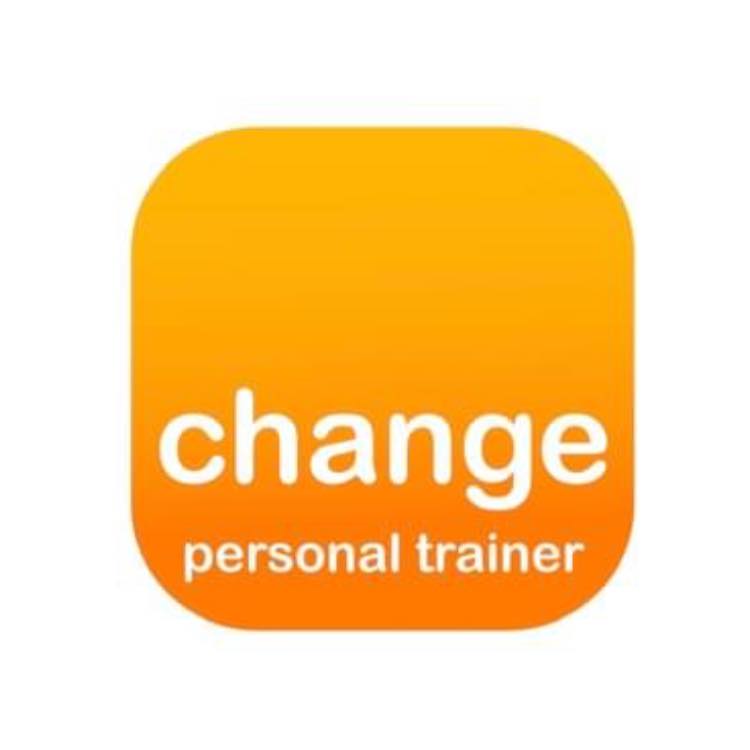
A Beginner’s Guide to Exercise
A Beginner’s Guide to Exercise
Image by roxanawilliams1920 from Pixabay
A Beginner’s Guide to Exercise
What is Exercise and How Does It Help You Get Fit?
Exercise is an essential part of a healthy lifestyle. It helps you stay fit, gives you energy, and helps reduce your risk of developing chronic diseases. Regular physical activity also helps improve mental health and makes you feel happier. In this article, we'll discuss the benefits of exercise and how to incorporate it into your daily routine. We'll also provide tips on how to create healthy lifestyle habits that will help you reach your fitness goals.
Exercises for Beginners: Strength Training, Cardio & More
Working out can be intimidating for beginners, but it doesn't have to be! With the right exercises and workout routines for beginners, you can build strength, improve your cardiovascular health, and achieve your fitness goals. Strength training is an important part of any exercise routine, and it's especially beneficial for beginners. It helps develop muscle mass, increase bone density, and improve coordination. Cardio exercises are also important for any beginner workout routine, as they help burn calories and improve cardiovascular health. This article will discuss various exercises suitable for beginners, to help them get started on their fitness journey.
Interval Training.
Interval training is a type of cardio exercise that gradually increases the intensity of the workout, as opposed to continuous workouts. Beginners often used it because it can be adjusted to suit people at varying levels of fitness. Intervals are typically done by alternating short periods of intense activity with short periods of low-intensity activity. For example, you might alternate between a high-intensity warm-up, followed by 30 seconds of running on a treadmill at a high speed, followed by 45 seconds jogging on the treadmill at low speed (which would be considered low intensity), and then repeat this process. To begin interval training, find a hill or incline. Start by jogging up the hill or dipping down the incline for 1 minute. Rest for 30 seconds, and then repeat this process until you’ve completed 3 minutes of intense activity (jogging up the hill) and 3 minutes of low-intensity exercise (dipping down the incline). After your run, jog back to your starting point and walk back down to rest for 15 seconds, before repeating this process another 3 times. It’s important to keep using different muscles during each interval, so that you minimise muscle fatigue and maximise performance.
Meal Planning & Diet Tips to Support Your Exercise Goals
Eating healthy is a key component of any exercise plan. Meal planning and diet tips are essential for those looking to reach their exercise goals. With the right meal plan, you can provide your body with the proper nutrition it needs to perform optimally during physical activity. Whether you are a beginner or an experienced athlete, knowing how to create a healthy eating plan is essential to achieving your desired results. In this article, we will discuss meal planning and diet tips for beginners who want to support their exercise goals.
The Basics of Eating Healthy.
Eating healthy begins with understanding what nutrients your body needs and how to incorporate them into your diet. Some common nutrients needed to support exercise and activity are carbohydrates, protein, fat, vitamins, minerals and water. The main goal of a meal plan is to provide your body with the proper balance of these nutrients. You can modify your diet based on personal preferences, such as avoiding processed foods or cutting down on meat consumption if you are looking for more health-conscious changes. Depending on the type of exercise you wish to focus on, it may be necessary to increase or decrease certain nutrients. For example, if you are going to be working intensely and sweating, it's important for your body to replenish electrolytes lost during exercise. Carbohydrates are a key component in this scenario, as they promote proper hydration and allow you to get the energy needed from the exercise.
Creating a Fitness Routine That Works For You
Creating a fitness routine that works for you can be an overwhelming task. But with the right tools and strategies, you can create a fitness routine tailored to your needs and goals. Whether you’re looking for a fitness routine planner or need some guidance on how to create your own workout schedule template, this article will help you get started. We’ll provide tips on how to craft a personalised fitness plan that fits your lifestyle and will help you reach your goals in no time.
Creating a Workout Schedule Template.
If you have trouble getting started on a fitness plan, or just want to try something new, creating your own workout schedule template can help. There are many ways to go about it. You can find a free workout schedule template online and print it out to create your own printed version. You could also use an app like Gina Muscle App that allows you to create workouts on-the-go. If creating an electronic version is more your style, then download the Gina Muscle App right now to start creating and sharing personalised workout plans with friends and family in just seconds.
1. Find a daily routine that complements your goals and lifestyle
2. Keep the schedule neat and tidy
3. Never skip a day
4. Add in your own motivational quotes
5. Schedule your workouts on the days you are not working or in school
6. Find a workout partner (if applicable)
7. Share your completed schedule with friends, family members, and co-workers
Tips & Tricks to Overcome Exercise Challenges & Stay Motivated
Working out can be a challenge, especially if you’re new to it or have been away from it for a while. It’s important to stay motivated and overcome any exercise challenges that come your way. One of the best ways to do this is to understand the difference between rest days and active recovery days, and use them to your advantage. Additionally, there are some great tips and tricks that you can use to stay motivated when working out. In this article, we’ll discuss how rest days vs active recovery days can help you overcome exercise challenges, as well as some useful exercise motivation tips that will help keep you on track.
What is a rest day?
A rest day is an exercise opportunity that involves taking the day off from working out. It’s typically recommended to take one or two rest days per week, sometimes on a separate day. Rest days can be used as a time to recharge, or as an opportunity to spend more time outside in nature, away from your usual environment. Rest days are also important for body recovery and injury prevention - so use them wisely! What is an active recovery day?An active recovery day is when you work out on a moderate level, not your normal intensity.
Get Started on Your Exercise Journey with the Right Mindset and Resources!
Exercise is an important part of a healthy lifestyle, and can be a great way to improve your physical and mental well-being. It is important to have the right mindset when starting an exercise journey. You should focus on setting realistic goals and finding the right resources that will help you reach those goals. Having the right tools, such as fitness trackers, apps, or online classes, can make it easier to get started and stay motivated. With the right mindset and resources, you can start your exercise journey today!
© Created with systeme.io
